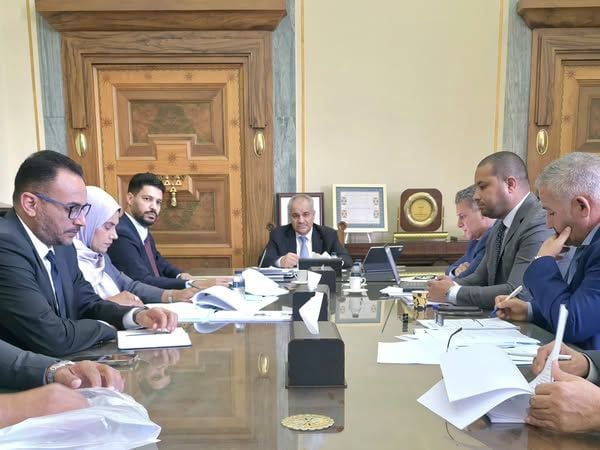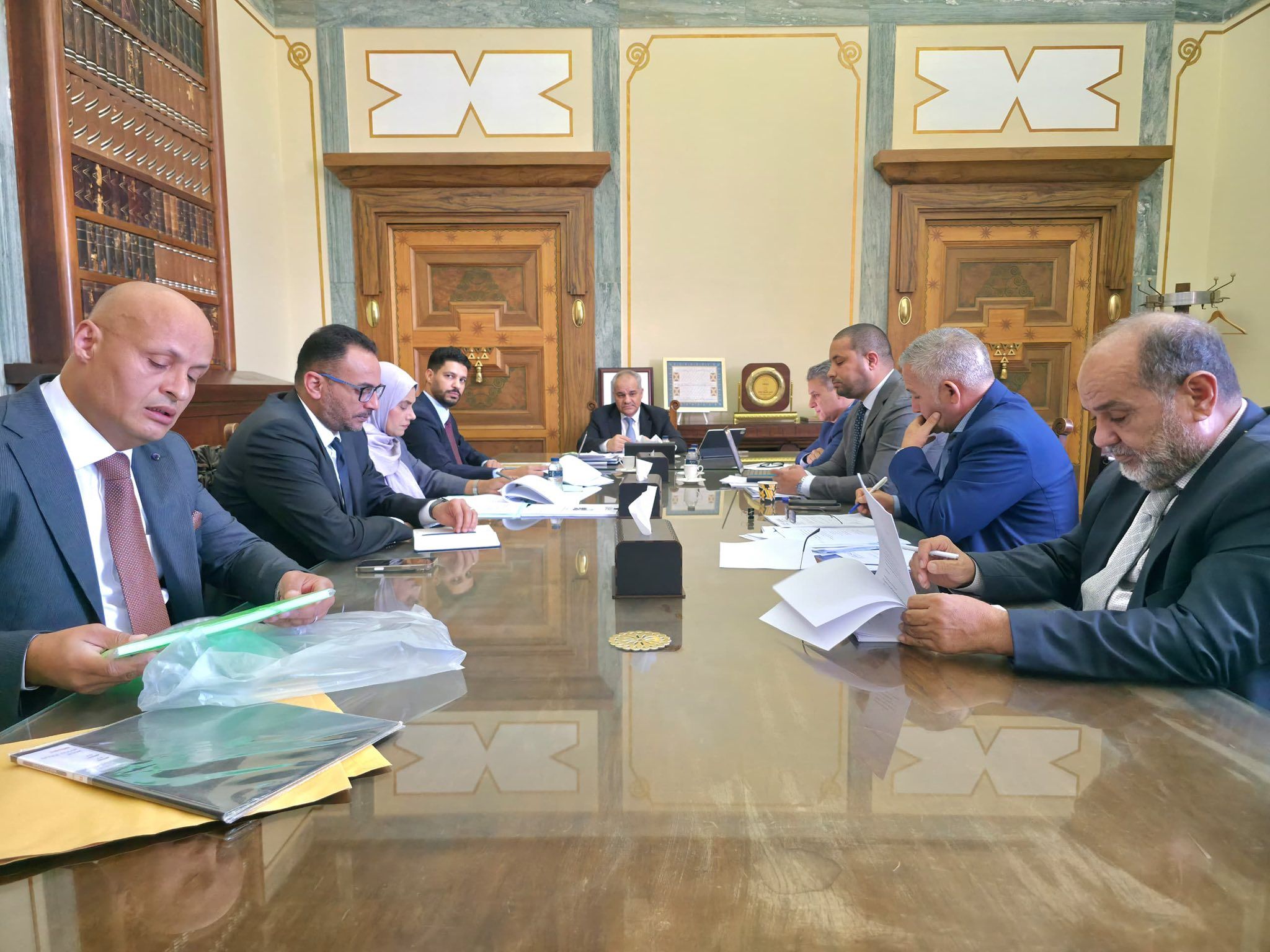The Investment and Risk Committee of the Central Bank of Libya reviews foreign currency reserve indicators and launches new investment instruments for commercial banks
The Risk and Investment Committee of the Central Bank of Libya held its third regular meeting today, on Wednesday, October 8, 2025, at the office of Governor, the Chairman of Committee, to discuss a number of strategic items related to the management of the Bank’s assets and foreign investments.
During the meeting, the Committee reviewed the report on the Bank’s assets denominated in foreign currency, which include gold and various financial assets in foreign currencies. The Committee noted the positive impact of the rise in gold and currency prices on the total value of the investment portfolios, which amounted to approximately 98.8 billion U.S. dollars. Of this amount, gold represents a value of 18.164 billion U.S. dollars, or 18.38%, most of which is used as a currency cover. The Committee also reviewed the investment returns achieved from these assets up to September 30, which amounted to 2 billion U.S. dollars, reflecting a positive performance in the management of foreign reserves and mitigating the deficit in oil revenues and the balance of payments resulting from the expansion of foreign exchange spending.
On the other hand, and as a step aimed at enhancing investment instruments, diversifying sources of return for commercial banks, and activating one of the monetary policy tools, the Committee discussed initiating the issuance of unrestricted Mudarabah certificates. It was decided to begin announcing the offering of the first issuance for commercial banks starting from next Sunday, October 12, 2025, reflecting the Bank’s orientation toward expanding the investment base and achieving maximum benefit from the liquidity available in the local market.
This meeting comes as part of the Central Bank of Libya’s commitment to enhancing transparency and efficiency in managing its foreign currency reserves, and to presenting a positive picture of the indicators of monetary, financial, and economic stability in the country, thereby supporting confidence in monetary policy and reinforcing the Bank’s position as a leading financial institution in the region.



